Grand Opera House – Minneapolis
The Grand Opera House was located near the corner of Nicollet and Sixth Street in Minneapolis. It offered both plays and concerts.
In 1883 it was recognized that the Academy of Music was inadequate to meet the needs of the public. To replace it, “the Syndicate,” a wealthy corporation, devoted a portion of its new Syndicate Block to an opera house, at a cost of $175,000. The architect was a Mr. Cobb, “one of the leading theatrical architects of the country.” It was located on the ground floor of the building, with separate exits from each gallery. (Daily Minnesota Tribune, January 1, 1883)
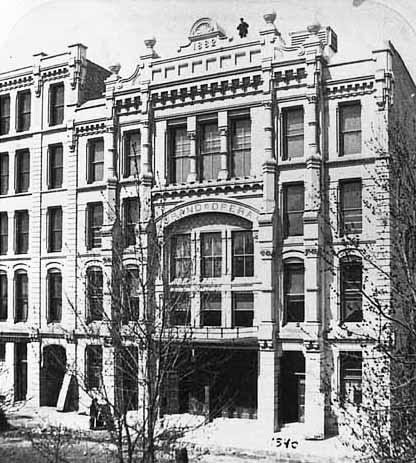
Building exterior, 1885 – photo courtesy Minnesota Historical Society
The building had a seating capacity of about 1,600. Its manager was J.F. Conklin; stage manager was A.R. Brann; orchestra leader was Frank Danz, Jr.
The first performance was on April 2, 1883, with the Amherst Glee Club. Four years later it was redecorated by Mr. John S. Bradstreet.
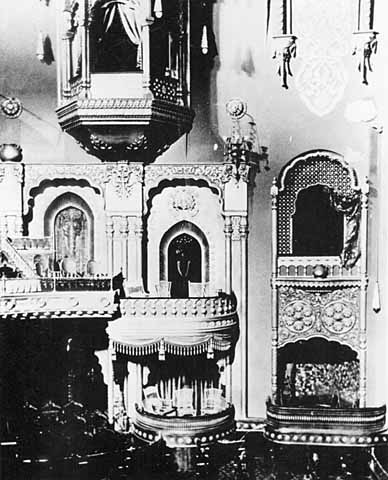
A view of the inside, 1883. Photo courtesy Minnesota Historical Society
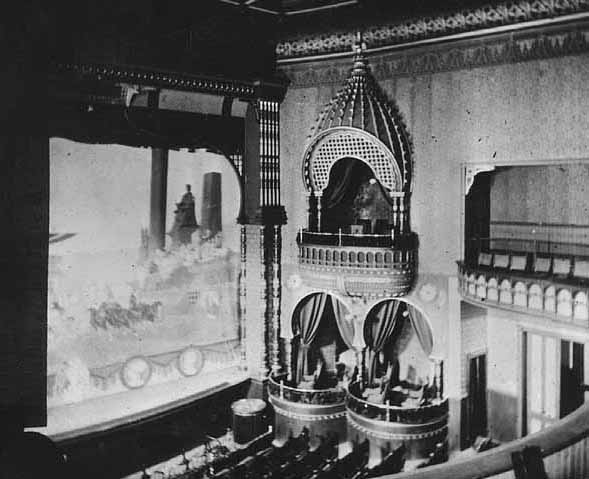
A view inside the theater, 1890. Image courtesy Minnesota Historical Society
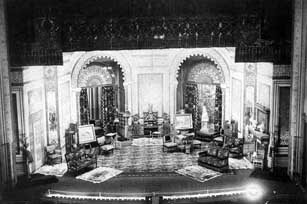
The stage in 1890 – photo courtesy Minnesota Historical Society
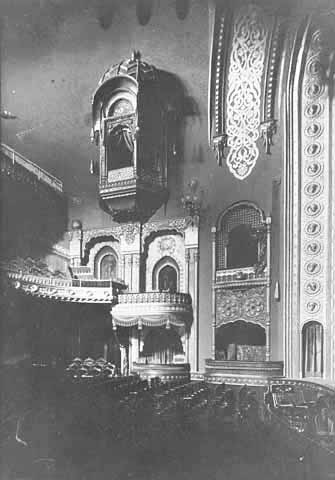
Another inside view from 1893 – photo courtesy Minnesota Historical Society
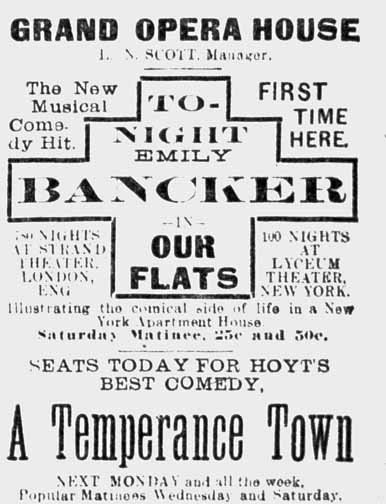
January 17, 1898, Minneapolis Tribune
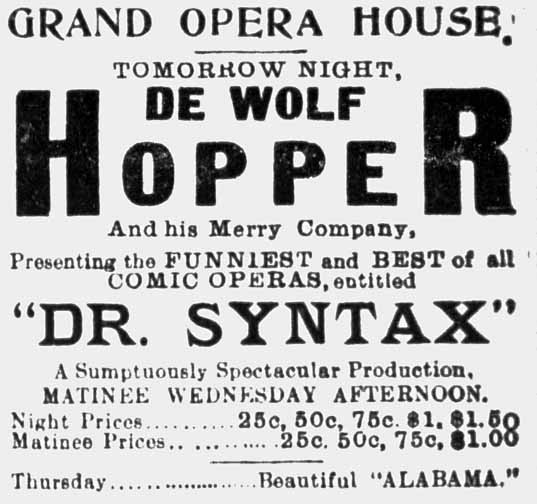
Minneapolis Tribune
CLOSING OF THE OPERA HOUSE
On September 20, 1895, the Minneapolis Tribune announced that the Grand would be closing. Apparently the City could not support as many theaters as it had, and a deal had been struck to transfer the Grand’s bookings to the Metropolitan Theater.
The Grand Opera House closed on October 5, 1895, with Hoyt’s ” A Contented Woman” being its last play. Its bookings were transferred to the Metropolitan Opera House, which had opened the preceding year as the New People’s Theater. In 1897 the Grand Opera House was completely demolished and a retail shop erected on the site. (Minnesota History article “Early Minneapolis Theaters,” Randolph Edgar, 1938)
An article confirms that the old Opera House was “completely torn down and replaced with a new annex in 1898.” Postcards into the 1950s still show the same exterior, as shown below at right, so the facade may have been preserved. (Minneapolis Tribune, March 6, 1911)
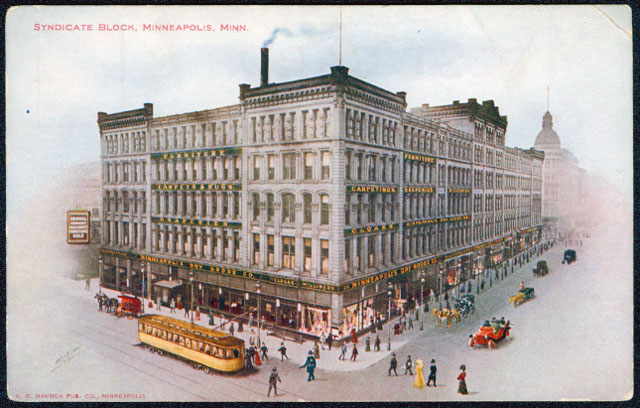
Syndicate Block, 1910. Photo courtesy Minnesota Historical Society
